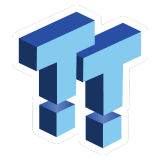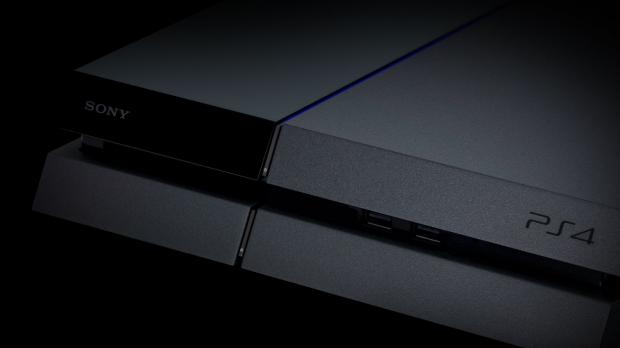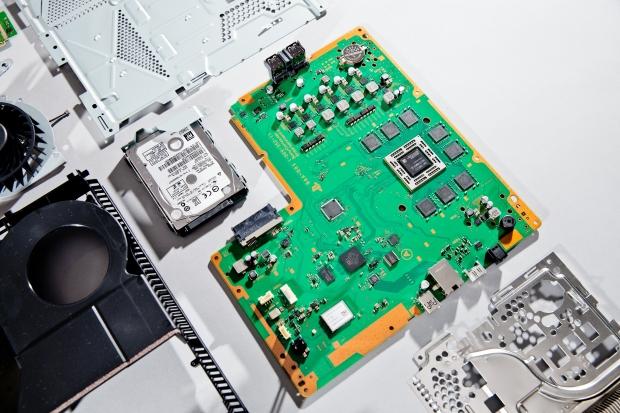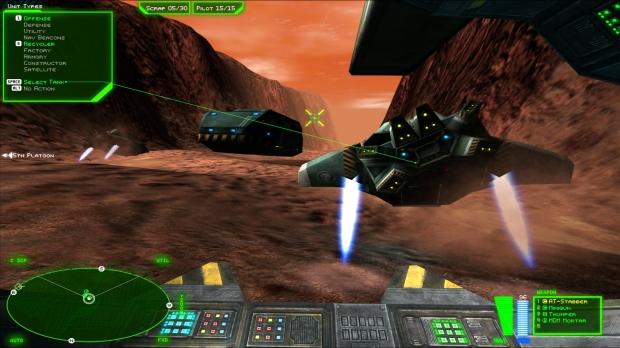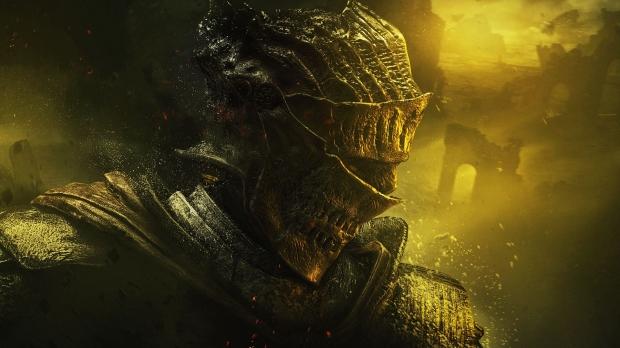Gaming News - Page 1606
New Umbrella Corps map set in Antarctica shown off by Capcom
Umbrella Corps is reaching deep into the history of Resident Evil for a new map that Capcom is showing off. The Antarctic facility that you see below is a base that was originally featured in Resident Evil Code: Veronica from 2000. They're bringing it back and infesting it with zombies.
The original was apparently nearly destroyed in Code: Veronica and it remains in its heavily destroyed state in Umbrella Corps. That means that there are three desolate levels that bring a surprising amount of verticality into play. Those three floors are littered with all kinds of detritus that can be used tactically to help defend against yet another outbreak. In fact, I can imagine a sick game of hide and seek being played through the level Perhaps the most tactical map in the game, players can utilize cover points, interwoven ventilation ducts, and ladders to make for a very interesting and dynamic time.
The whole thing is rendered quite nicely and is a good reflection of the older map, even though it's been literally ages since we've last played through it. You can check out some more screenshots of it after the break.
Continue reading: New Umbrella Corps map set in Antarctica shown off by Capcom (full post)
Blizzard announces World of Warcraft: Legion for August 30
Did you know that World of Warcraft is still a thing and that Blizzard are working on a new expansion pack for the game? Yeah, they are.
Blizzard has announced World of Warcraft: Legion for August 30, which will see the level cap raised to 110. Legion will also introduce a new continent, a new class (Demon Hunter), powerful new Artifact Weapons, and a brand new PvP Honor system. The key features include:
Continue reading: Blizzard announces World of Warcraft: Legion for August 30 (full post)
Sony's new PS4 sports 4K upscaling, upgraded CPU, GPU and RAM
Sony's new PlayStation 4 console, also known as PS4K or PS4.5, is codenamed NEO, and will feature beefier internal components with upgraded CPU, GPU, and RAM. The new PS4 will support 4K image output and upscale 1080p games to 4K UHD.
According to Giant Bomb's Austin Walker, Sony's new PlayStation 4 won't be a dramatic upgrade over the current version, and certainly not the crazy native 4K UHD console we had hoped for. The new system, codenamed NEO, is built around the existing structure with 8 Jaguar CPU Cores at 2.1 GHz, and improved AMD GCN GPU with 36 Control Units clocked at 911MHz.
The NEO's GPU specs seem to match the specs of AMD's next-generation Polaris10 Ellesmere chip found in the upcoming Radeon R9 480, so we could see the new PS4 powered by Polaris after all. If so, we'd undoubtedly hit 1080p 60FPS in all games along with native PlayStation VR support.
Continue reading: Sony's new PS4 sports 4K upscaling, upgraded CPU, GPU and RAM (full post)
What if the PS4K is just a regular PS4 that supports 4K Blu-rays?
Sony's PlayStation 4 technically already supports 4K video playback, so what if the new fancy PS4K or PS4.5 is just a default PS4 with a 4K Blu-ray player thrown in?
Back in 2013 before the PS4 released, Sony exec Shuhei Yoshida confirmed that the console would indeed support 4K video playback and pictures on launch. "The official answer is that the PS4 supports 4K output but for personal contents, like photos or videos. Not games. PS4 games do not work on 4K." This means the PS4 can already technically play 4K Blu-rays, but the console still has limitations.
The current PlayStation 4 model might support 4K video playback, but it doesn't have a 4K Blu-ray player installed. Plus, it only has HDMI 1.4, which limits 3840 × 2160 at just 24 FPS. The PlayStation 4 was released before Sony had established the UHD Blu-ray spec, so that's one of the reasons the console didn't ship with a 4K player installed.
Continue reading: What if the PS4K is just a regular PS4 that supports 4K Blu-rays? (full post)
Battlezone 98 Redux releases on Steam today, more Redux titles planned
Rebellion has wasted absolutely no time in getting their remastered version of Battlezone 98 released. It's out now on Steam with a 20% discount for all the early adopters. Thus far, with 5 reviews, the new version has outstanding reviews as it manages to retain the charm and appeal of the original FPS/RTS hybrid.
Rebellion announced in February that they were also working on more than just the original Atari Battlezone. They have the rights to the whole franchise and have been systematically upgrading the visuals and making the original PC game playable again.
For this version, they concentrated on leaving the basic mechanics intact and just giving it a much-needed overhaul so that it fits in with other games of the genre currently out. The art style and unique hybrid control mechanics are all there, with much better graphics. It's worth a look if you enjoyed the original and even if you're looking for something new. The unique way that it blended base-building and the action still hasn't quite been emulated even today.
Continue reading: Battlezone 98 Redux releases on Steam today, more Redux titles planned (full post)
SteamOS gains another great physics-based racing game, Vector 36
Another great indie game on Steam has just joined the growing catalog of those that are becoming available for Linux. Vector 36, a futuristic physics-based racing game, is now available on Linux and specifically on SteamOS, and they're encouraging everyone to give it a proper try.
Vector 36's developer responded to some of the feedback from their fans nad have finally added in this support. Of course, this is the first iteration on SteamOS and as such will be a bit less stable than desired. Bugs and glitches are inevitable, but they're an active developer and try to fix everything found while also continuing to perfect their game so they can officially launch it. If you have it, give it a whirl and see how it does, it should play just as fast as the Windows counterpart.
SteamOS is seeing a surprising amount of support even if it isn't quite as overt as we're used to. Thus far, Vector 36 joins some 1700 other games that are able to run on Linux that are available on the Steam storefront. Vector 36 is also an example of an indie developer, a very small studio, that's rising to the challenge and taking advantage of all the future technologies that they can. It might be slow going, but the results thus far have been steady and still quite fun. The game right now features leaderboards so you can properly compete and a slew of different ways to modify your own racing stallion. Flying across the wasteland that is Mars, with it's lower gravity, in a jet powered skiff is quite fun. The controls take some getting use to, but overall it's a joy to play.
Continue reading: SteamOS gains another great physics-based racing game, Vector 36 (full post)
Dark Souls 3's first DLC release is a long ways away
Die-hard Souls fans will have to wait until autumn rolls around to play the first Dark Souls 3 DLC.
Although Bandai Namco is all too eager to sell Dark Souls 3 Season Passes at $24.99 a pop, gamers will have to wait as long as September before they can play the first Dark Souls 3 DLC. Since the second pack obviously comes after the first, we may not get the full Dark Souls 3 package until holiday 2016.
The publisher confirmed Dark Souls 3's DLC release schedule with Videogamer.com. Namco Bandai has yet to officially announce DLC details, but affirms that the two new packs will come with "new maps, bosses, enemies and additional weapon and armor sets."
Continue reading: Dark Souls 3's first DLC release is a long ways away (full post)
Titanfall 2 listed for 2016 release
Titanfall 2 will release sometime this year, according to listings found on GAME UK's storefront.
Last week EA dropped a Titanfall 2 bombshell with a new teaser trailer that confirmed a PS4 and PC launch. While the publisher plans to announce a release date on June 12 at E3, it looks like UK games retailer GAME spilled the beans early.
The British retailer lists Titanfall 2 as "TBC 2016", hinting that Respawn's sequel will release sometime this year. These dates are always placeholders, but more often than not its the months that are placeholders, not the years.
Continue reading: Titanfall 2 listed for 2016 release (full post)
GameStop is now a full-fledged game publisher
GameStop isn't just a purveyor of fine gaming wares and a place to economize physical game merchandise. Now they're fully entering the publishing business with their own fully owned, and separate, division created specifically for publishing games; GameTrust.
They've already tried their hand at publishing their own games in the past, but now they're officially entering fray with their own, non-traditional mechanism for letting developers get their games out there, and funded even. It's non-traditional in that they have a completely hands-off approach to the development process. The goal of GameTrust is to provide their clients with exclusive real estate, as they're calling it, both online and in their stores to allow for a higher degree of discoverability. Right now they're working with Insomniac Games, Frozenbyte, Read At Dawn and Tequila works, but there's plenty of room for more developers to join their new business model.
Even though it might at first seem the antithesis of their unspoken policy to protect their own physical merchandise business, however, the extension into the digital release business is actually a natural progression and now another source of income for them. GameStop is striving to be more relevant in an evolving climate. They plan on distributing to as many platforms as possible, consoles and PC, with their sites set on including a dose of VR content as well.
Continue reading: GameStop is now a full-fledged game publisher (full post)
Mafia 3 release date rumored for October
The latest open-world entry in the beloved Mafia game series will release in October across PS4, Xbox One, and PC if rumors can be believed.
In a recent Tweet, renowned industry insider Wario64 predicted that Mafia 3 will release on the same month as Gears of War 4--in October 2016. 2K will reveal a brand new trailer tomorrow at 8 AM EST, and it's highly likely we'll get an official launch confirmation in the footage.
If you need a refresher, Mafia 3 takes place in post-Vietnam 1960's and follows Lincoln Clay, a Vietnam vet who starts up his own crime syndicate. The Big Easy's organized mob strikes out against Clay, murdering his entire gang as well as his family and friends, leaving him with nothing. Players then build up Clay's gang once again to unleash revenge on the mob, while taking over the city's vice-ridden streets.
Continue reading: Mafia 3 release date rumored for October (full post)
